SKL is reader supported. When you buy through links on our site, we may earn affiliate commission. Learn more here.
It’s hard to escape the massive force of fast fashion in our culture. More and more people are aware of fast fashion and its harmful environmental impact. In the face of the climate crisis, it’s more important than ever to understand the issues and impact of fashion on both people and the planet.
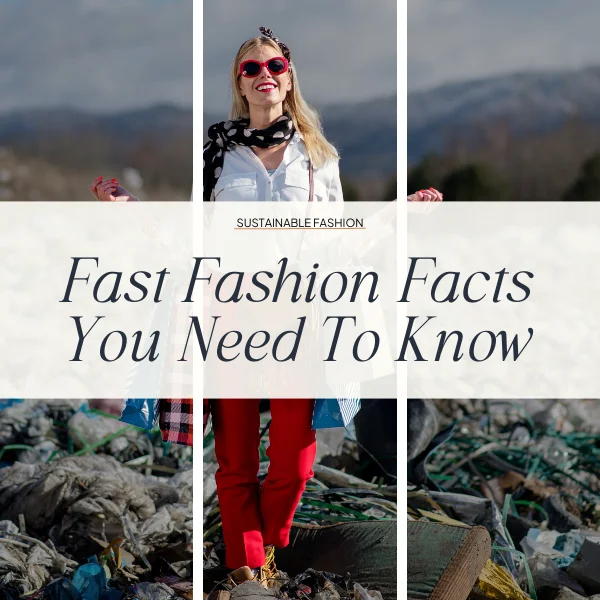
Here at Sustainably Kind Living, we are addressing the tough questions and breaking down the complexities of the fashion industry for you! Today’s post will dig into the latest stats and facts on fast fashion. If you want more on fast fashion, check out these pieces:
- Can Fast Fashion Ever Be Sustainable?
- 9 Best Responses to Hard-to-Answer Fast Fashion Questions
- How to Quit Fast Fashion
As its name implies, fast fashion changes quickly, so it can be hard to keep up with the shifts and evolutions in the industry. This blog will highlight what you need to know about fast fashion in 2023. Before sharing these fast fashion facts, here’s a refresher on fast fashion’s definition.
This post is about the most shocking facts about fast fashion in 2023.
What is fast fashion?
Fast fashion is defined as the “approach to the design, creation, and marketing of clothing that emphasizes making fashion trends quickly and cheaply available to consumers.”
While the traditional fashion industry has revolved around 2-4 seasons a year, fast fashion has introduced “micro seasons,” in which they release new clothing every single week, creating 52 micro seasons. With the rise of ultra-fast fashion brands like SHEIN or ASOS, new clothing is released daily.
Fast fashion = speed + high volume + low production cost
Therefore, the business model of fast fashion is to identify or fabricate micro-trends and produce them quickly at a low cost. Due to the cheap price tag, fast fashion has to sell a lot of clothing to make the most of its low prices. Thus, they market in a way that encourages excess consumption. By creating these fast trend cycles, they encourage a constant desire for newness so that customers keep coming back for more. And the low prices make it easy for the customer to justify shopping so frequently.
Why is fast fashion bad?
Quick production in high volumes at low costs means that the factories that produce fast fashion are forced to cut corners and push their workers to extremes to meet the demands of the brand. Garment workers face human rights abuses just to make our clothes in this way.
It is unnatural to be able to produce thousands of articles of clothing (from design to storefront) in a matter of days, yet that’s what the fast fashion business model is rooted in. The only way it’s possible is through exploitation.
Fast fashion relies on fossil fuel production with its synthetic materials. Its culture of overproduction and overconsumption sends millions of tons of plastic-based clothing to landfills every year where they’ll take centuries to decompose.
It keeps shoppers in consumption patterns that feel impossible to keep up with. From its exploitative treatment of garment workers to its perpetual waste creation, fast fashion clearly causes a lot of harm to people and to this planet. We need a change in the industry in order to do right by those who work in it and to address fashion’s role in climate issues.
Let’s explore the most relevant facts about fast fashion today!
Shocking Fast Fashion Facts You Should Know About:
1. The fast fashion market is expected to grow to $122.98 billion in 2023.
Despite all of the negative press fast fashion gets and the clear alarm bells sounding around its role in social and environmental harms, fast fashion continues to grow and find huge success.
Survey after survey reveals that a majority of consumers, especially Millennials and Gen Z, say they consider the environmental impact of their purchases. Yet, an attitude-behavior gap exists in practice.
While people say they value sustainability, the continued growth of fast fashion is evidence that consumers aren’t yet putting their money where their mouths are. This can be attributed to a cocktail of greenwashing by fashion brands that leads to a lack of understanding of true sustainability, social media and influencers, and consumer culture.
It’s hard to break the habits that fast fashion shopping has created, as well as unlearn the mindsets around skewed affordability, convenience, and trends.
2. Ultra-fast fashion brands release thousands of new clothing items each and every day. Shein has added up to 6,000 new styles in just a single day.
Ultra-fast fashion is the latest iteration of fast fashion which prioritizes its online presence and leverages social media to push trends and drive sales. Without brick-and-mortar stores to manage, ultra-fast fashion focuses on streamlining their operations and production, quickening the speed-to-market even further. They don’t focus on developing a brand identity or a certain aesthetic. Rather, they just create as many clothes as possible to capture more sales and more of the market.
Popular traditional fast fashion brands include H&M, Zara (Inditex), Uniqlo, Forever 21, Primark, and the like. The biggest players in ultra-fast fashion are SHEIN, ASOS, boohoo, Fashion Nova, Pretty Little Thing, and Cider.
SHEIN reportedly adds 2,000 new styles to its website a day (some reporting alleges that SHEIN actually adds 6,000 or more pieces a day— it’s hard to know as SHEIN is notoriously opaque in its practices).
ASOS releases thousands a week, while brands like Fashion Nova or PTL add up to 200-1,000 styles a week. With even cheaper clothing prices and endless options, shoppers are buying more and more and holding onto these pieces for even shorter amounts of time due to the hyper-trendy nature of the pieces.
3. Consumers consider H&M, Nike, Primark, M&S, and Amazon to be the top 5 most sustainable retailers. (Greenwashing Alert!)
A recent survey of UK customers found that consumers consider H&M, Nike, Primark, M&S, and Amazon to be the top 5 most sustainable retailers. This is despite the criticism that many of these brands have received for unethical practices.
Part of the reason shoppers consider these brands to be sustainable is because of their marketing and communication. As big brands, they have the budget to spend on communicating their “green initiatives” and an obligation and social pressure to have sustainability targets (even if they aren’t living up to them).
Despite these brands’ green claims, their practices are inherently unsustainable.
Take H&M for example. A fast fashion business model can never be sustainable because it relies on exploitation and overconsumption. Yet, many people consider H&M to be sustainable because of its Conscious Collection, recycling program, and eco-marketing. However, these are all greenwashing tactics. H&M is being sued for its false claims in the Conscious Collection, and the Netherlands’ Authority for Consumers and Markets found H&M guilty of greenwashing and demanded changes to their language.
Additionally, while Nike uses recycled materials in some of its products and also has a recycling program, Nike has refused to address the wage theft of their garment workers who suffered from arbitrary layoffs, pay cuts, unpaid labor, and heightened gender discrimination during the pandemic. It’s clear that green marketing doesn’t actually translate to sustainable and ethical practices. Unfortunately, that green marketing proves to be enough to convince shoppers that these brands are sustainable when they aren’t.
4. 96% of major fashion brands don’t disclose the number of workers in their supply chain that earn a living wage.
Every year, Fashion Revolution surveys the largest fashion retailers to review and analyze just how much brands disclose about their supply chains and social and environmental policies. This report, the Fashion Transparency Index, evaluates 250 brands on their transparency as a way to create accountability and incentivize increased communication and efforts.
The most recent report found that a vast majority of brands don’t disclose how much of their workers are paid a living wage (likely because that number is so low, and brands may not even know due to contracting out labor).
Only 27% of brands even disclose a plan to help achieve more living wages in their supply chain. When brands aren’t transparent about their operations, it’s impossible for real accountability to exist. Transparency and accountability are what drive meaningful change.
5. Over 60% of our clothes are made with fossil fuel-based materials.
64% of global textiles are made with synthetic materials. This means that a majority of our clothes are made up of plastic materials that require fossil fuel extraction to create.
The most popular fabric is polyester, with nylon, acrylic, and elastane also ranking as popular synthetics. These materials are all made up of petrochemicals (chemicals made from petroleum/oil refining).
These fabrics became so popular because of their versatility and lower manufacturing cost. However, because they are plastic-based, they can take centuries to decompose.
So, not only does a majority of fashion production rely on fossil fuel production, a practice we need to be ending to address the climate crisis, but these materials also plague our environment in the waste cycle, making textile recycling even harder and ultimately filling landfills for generations to come.
6. 100-150 billion garments are produced every year. It’s estimated that over 60% of these garments are discarded within the first year.
For a global population of 8 billion people, 100+ billion new garments a year is an outrageous amount, especially considering that only a handful of countries consume a majority of those garments. To make matters worse, just because an item is produced doesn’t mean it’s sold and used. Then, consider how these figures are annual, so we just keep adding billions and billions of clothing year after year that will end up sitting in landfills for centuries.
7. Most clothes are thrown away within 1-3 years of being produced.
While it may take a couple of years for clothes to enter the waste stream, most articles of clothing are only getting 7-10 wears before being discarded. Some people wear items only once, thanks to fast fashion’s culture of disposability and the influencer culture of “I can’t be seen wearing the same thing twice.” This leads to 11 million tons of textiles being landfilled every year. In America alone— that’s up to 81.5 lbs per person a year.
8. Almost 30% of online purchases get returned, and most returned goods end up in landfills.
A majority of returned clothes cannot be resold at full retail price and brands don’t have the logistics set up to process, sort, and reallocate returned inventory. The cost to invest in those re-processing operations outweighs what brands would make from reselling returned goods (especially at fast fashion prices). Therefore, much of it either gets destroyed or is sent to liquidators or secondhand markets (which usually stop on the way to the landfill.)
9. Less than 1% of clothing actually gets recycled into new clothing.
Textile recycling is a really complicated process, especially when most clothes are made of synthetics and blends. The reality is that our existing recycling infrastructure can’t enact textile-to-textile recycling at scale. So little of our clothes actually get recycled. Most clothing “recycling” programs either send clothes away to burden countries in the Global South or are actually a downcycling system in which clothes get made into rags.
10. Addressing the environmental and social problems created by fast fashion and the fashion industry would provide a $192 billion overall benefit to the global economy by 2030.
Let’s end with some good news! While fast fashion creates a ton of waste and environmental and social harm, shifting towards a more sustainable future stands to improve existing jobs, create more jobs, and boost the global economy. The sustainable fashion industry is growing and there continues to be a rising consumer interest in pursuing more ethical purchases.
This post was all about the most shocking fast fashion facts in 2023.
These fast fashion facts make it clear that we need to invest in a sustainable future. We cannot continue to perpetuate the harms of the fast fashion system for the sake of this beautiful planet and all who live on it. A better future is possible and all of us have the power to participate in it!
Read more about how to pursue a more sustainable lifestyle with these pieces:
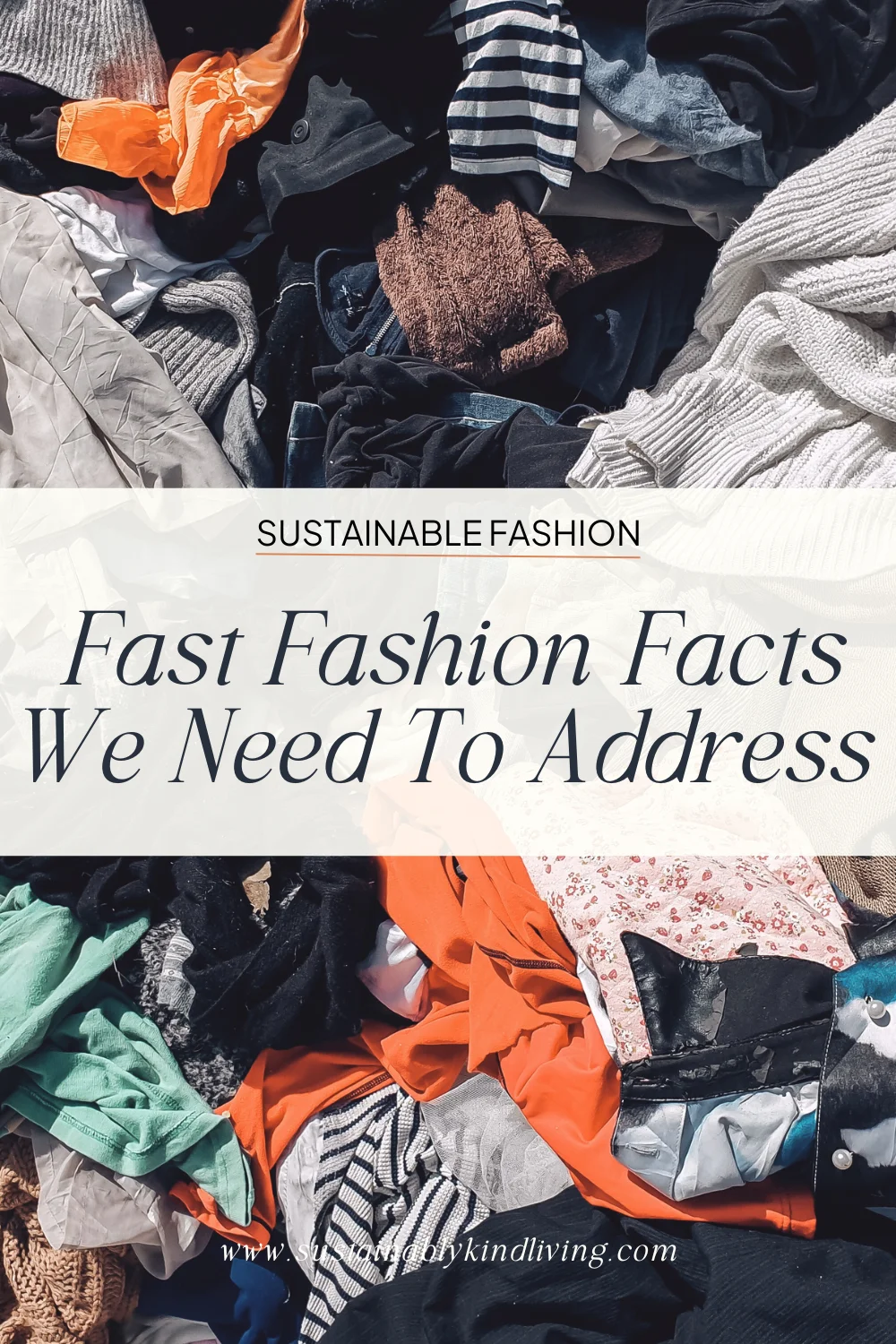
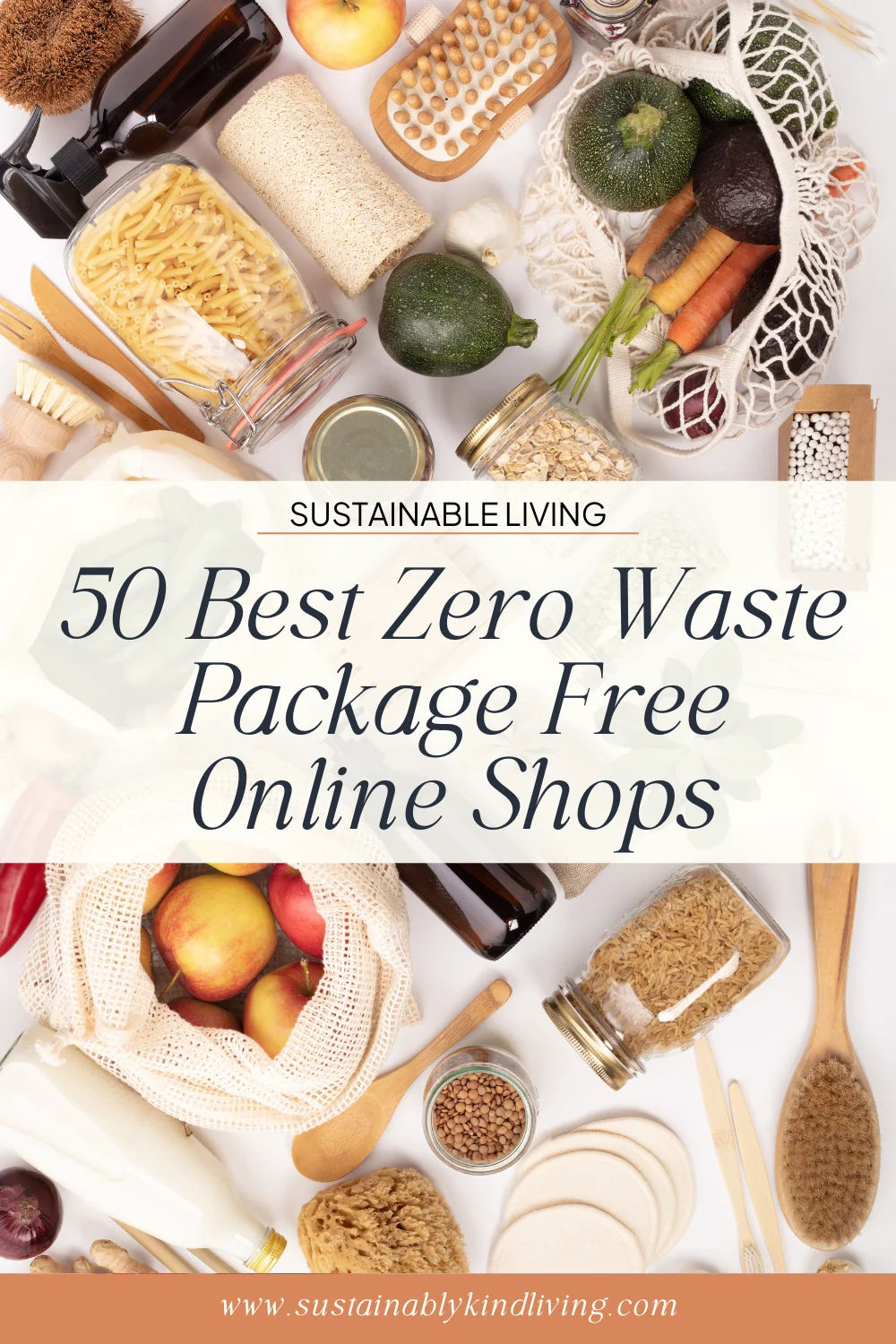

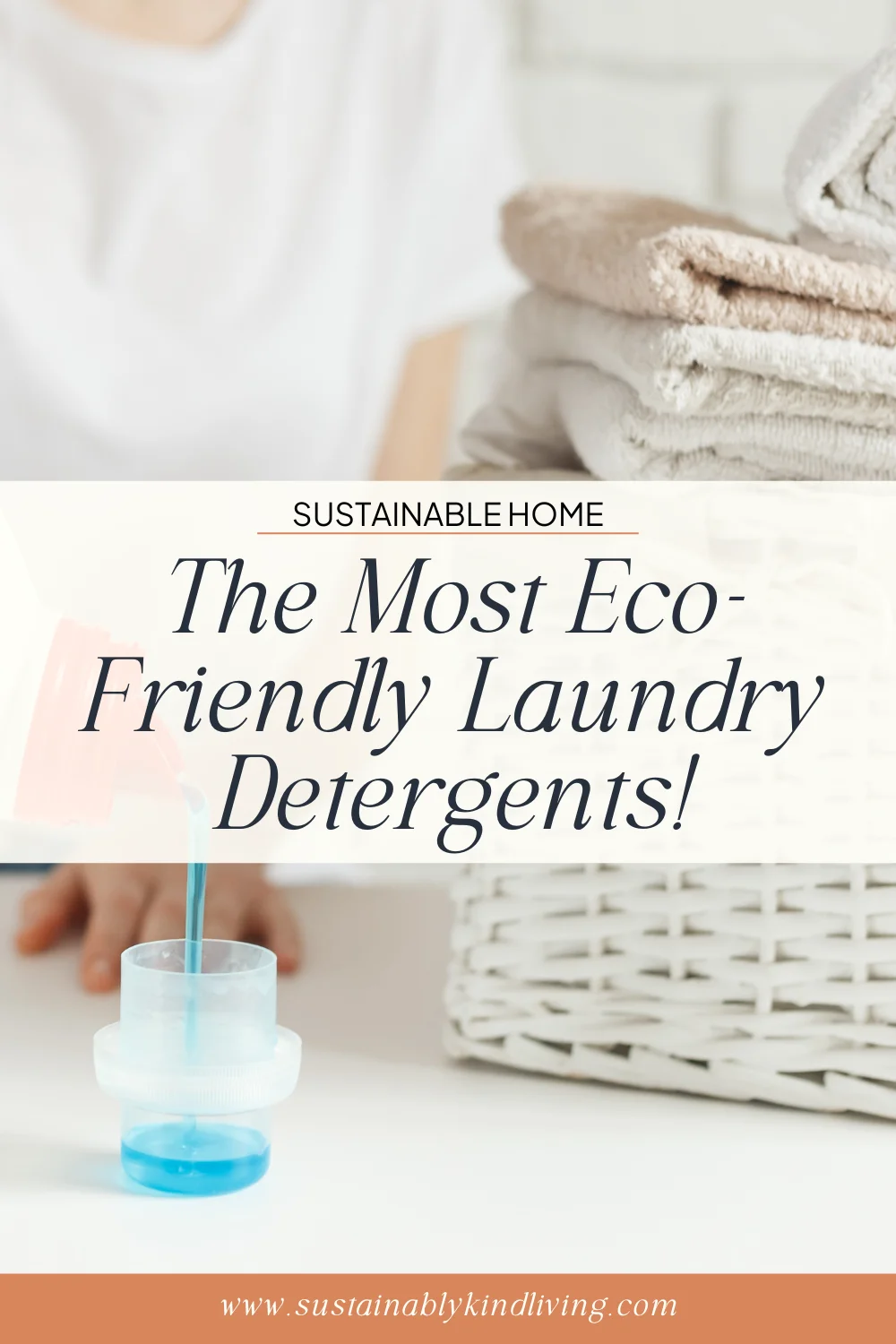
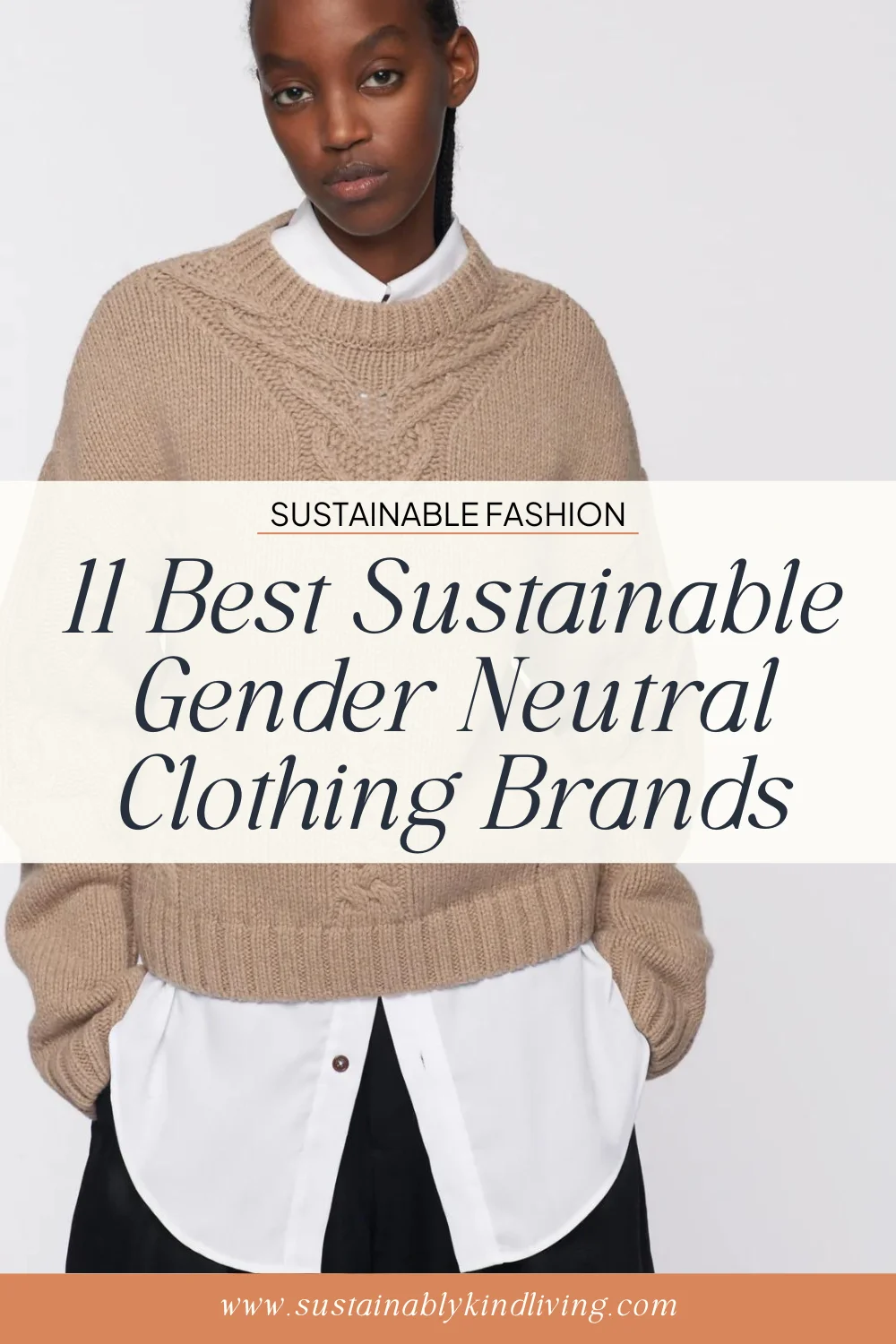
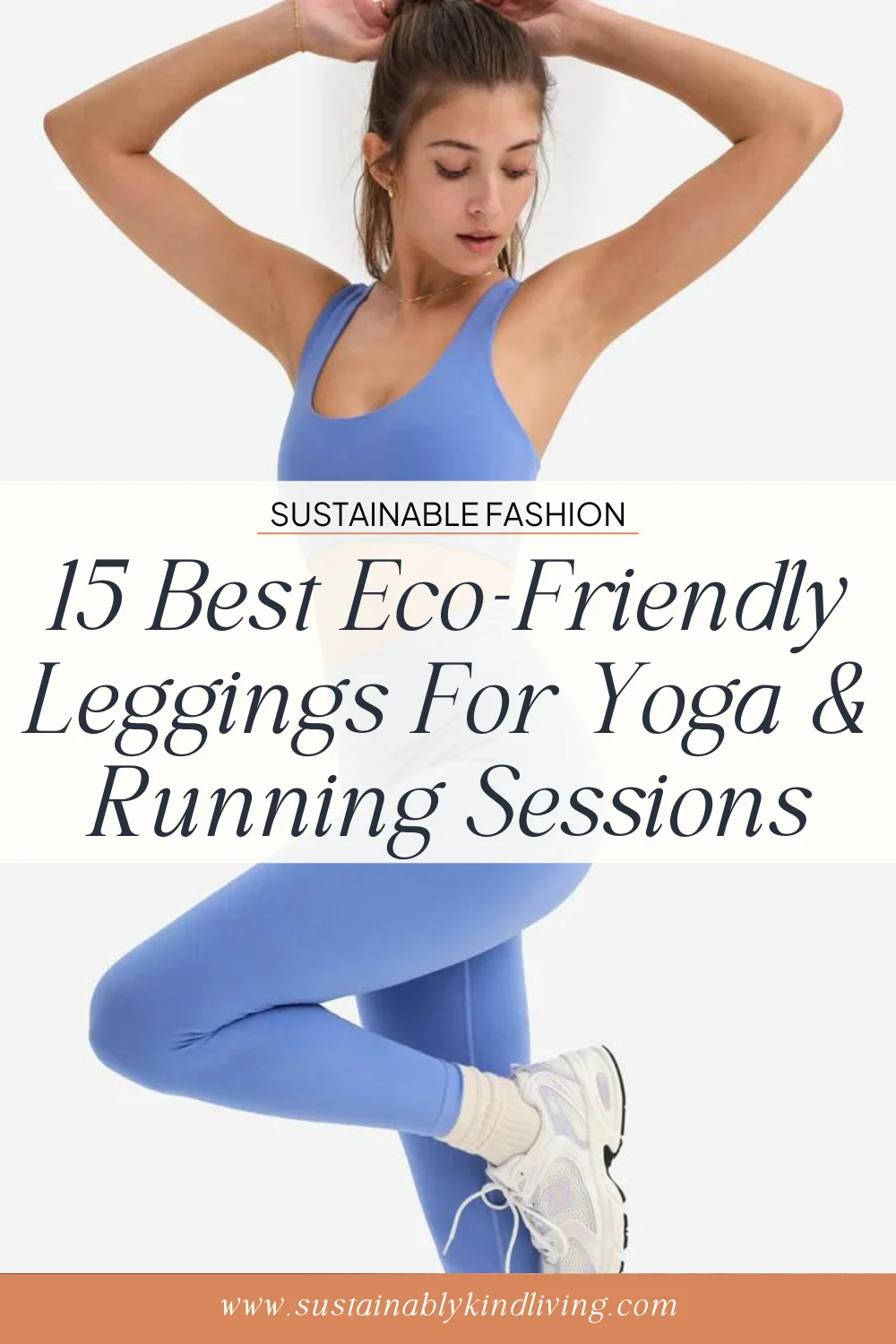


+ show Comments
- Hide Comments
add a comment